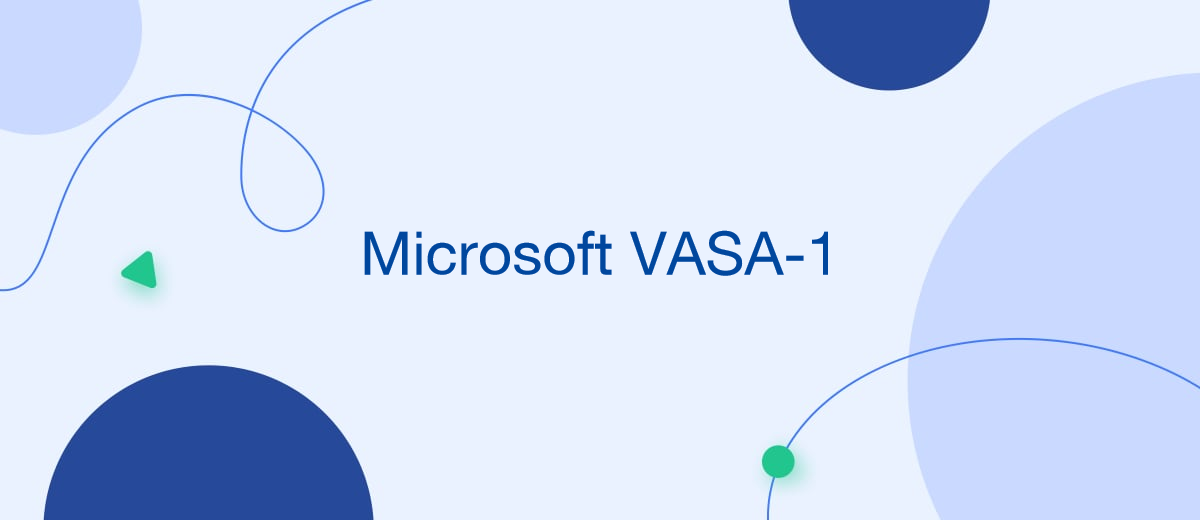Microsoft has achieved a breakthrough in the field of artificial intelligence with the creation of the VASA-1 neural network, which has the ability to revive regular photos. Have you seen the "live" photo of Sirius Black from the newspaper in the movie "Harry Potter and the Prisoner of Azkaban"? What was once a fantasy in 2004 has now become a reality in 2024. The official website for this technology is already up and running, showcasing numerous examples of the new AI's capabilities. With just one image and a human voice, VASA-1 can generate dynamic videos, capturing emotional nuances with astonishing accuracy and producing highly realistic results.
Users have the ability to adjust the emotional state of the characters in the frame, transforming them from serious to cheerful, for instance. This feature can be particularly useful for bloggers or podcasters. Additionally, the ability to control the direction of the character's gaze adds a naturalness to the videos. The advanced algorithms of VASA-1 thoroughly analyze facial structures, enabling the neural network to realistically reproduce even complex movements, such as turning the head. This system can handle photos with resolutions of up to 512x512 pixels and create videos with a frame rate of up to 45 frames per second on powerful PCs equipped with NVIDIA RTX 4090.
Unfortunately, at present, it is not possible to use this innovation to revive photos. Microsoft is concerned about the potential for misuse of the realistic videos generated by VASA-1. The company believes that the neural network could be exploited to create fraudulent content, including fake advertisements featuring celebrities and deepfakes. Therefore, Microsoft has decided to refrain from releasing the demo version and other related tools until it can ensure responsible use of the technology.
